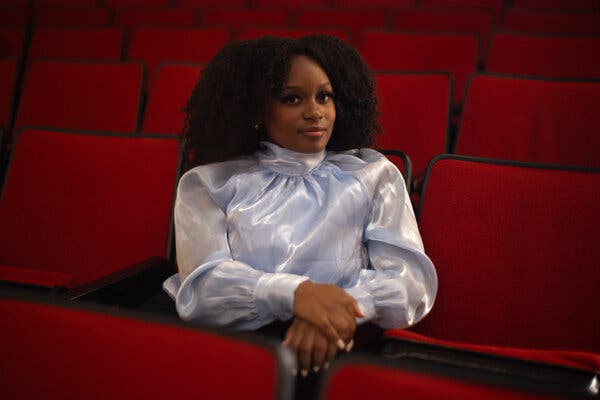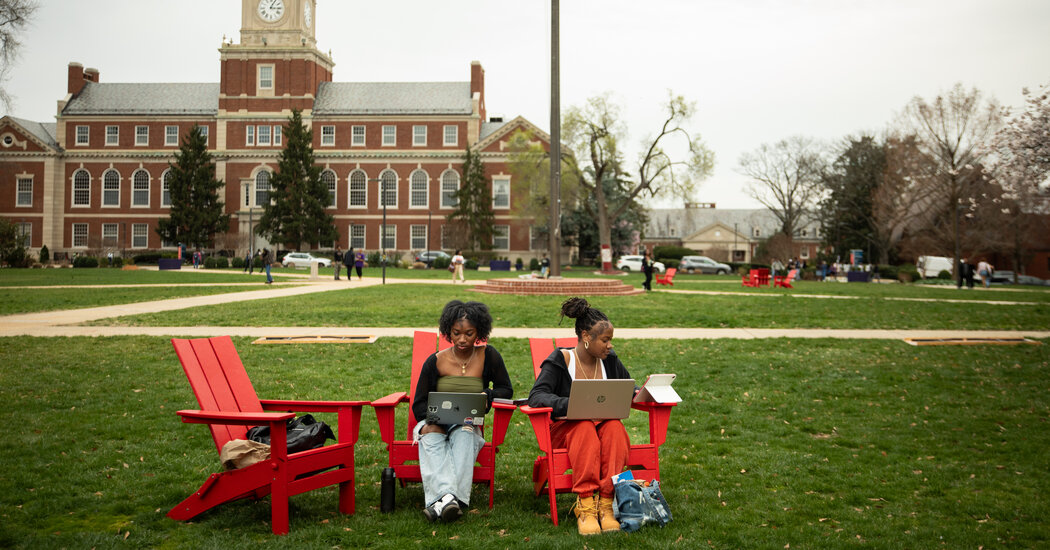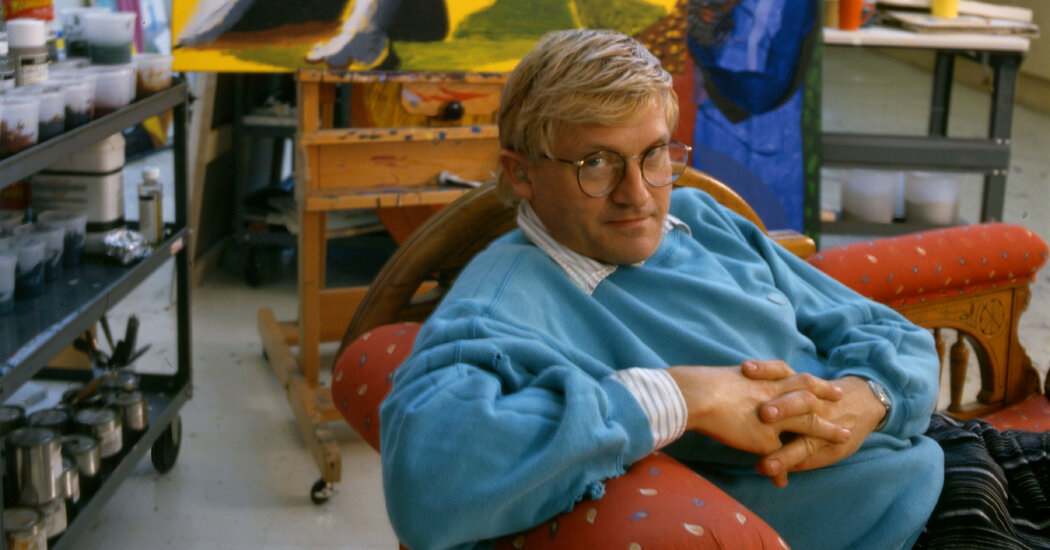The Gender Disparity at Howard University

Before arriving at Howard University, Skylar Wilson had an inkling that the student body would be predominantly female. However, the actual ratio took her by surprise: Howard, a prestigious historically Black college and university (H.B.C.U.), has only 25 percent of its students as men, with a mere 19 percent being Black men. “I was like, ‘Wow,’” reflected Ms. Wilson, a 20-year-old junior. “How is this possible?”
This phenomenon is not exclusive to Howard. Across the nation, the enrollment of Black men in four-year colleges has seen a significant decline. The situation is especially alarming at H.B.C.U.s, where Black men now represent only 26 percent of the student population, a stark drop from 38 percent in 1976, according to data from the American Institute for Boys and Men. Alarmingly, the number of non-Black students attending H.B.C.U.s now rivals that of Black men.
The ramifications of this decline are profound, affecting economic mobility, family structures, and wealth accumulation within the Black community. Research by Raj Chetty, a Harvard economist known for his extensive studies on economic opportunity, reveals that the income disparity between Black and white Americans is largely driven by the economic circumstances of men, rather than women.
The reasons for this troubling trend are multifaceted. Factors such as soaring college expenses, immediate financial pressures on Black families, elevated suspension rates in high schools, and a relentless stream of negative narratives about academic potential all contribute to the decreasing enrollment and completion rates among Black male students. For instance, Howard estimates that the total cost of attendance for undergraduates surpasses $50,000 annually.
“If we are genuinely committed to bridging race gaps in economic opportunity and household wealth, our focus must be directed towards improving economic outcomes for Black boys and men — no exceptions,” stated Richard Reeves, the president of the American Institute for Boys and Men.
Skylar Wilson, currently a junior at Howard and a musical theater major, also serves as the student president of the college. She remains astounded at the stark gender imbalance among students. “How is that possible?” she continues to ponder, reflecting on the challenges ahead.




